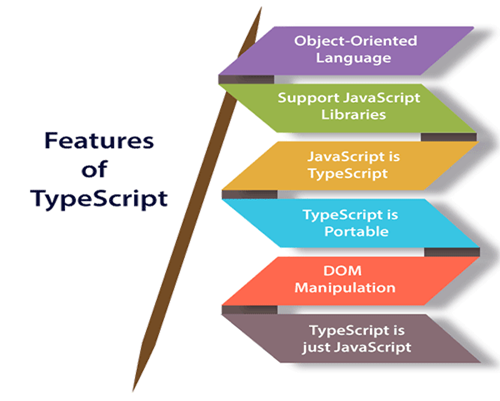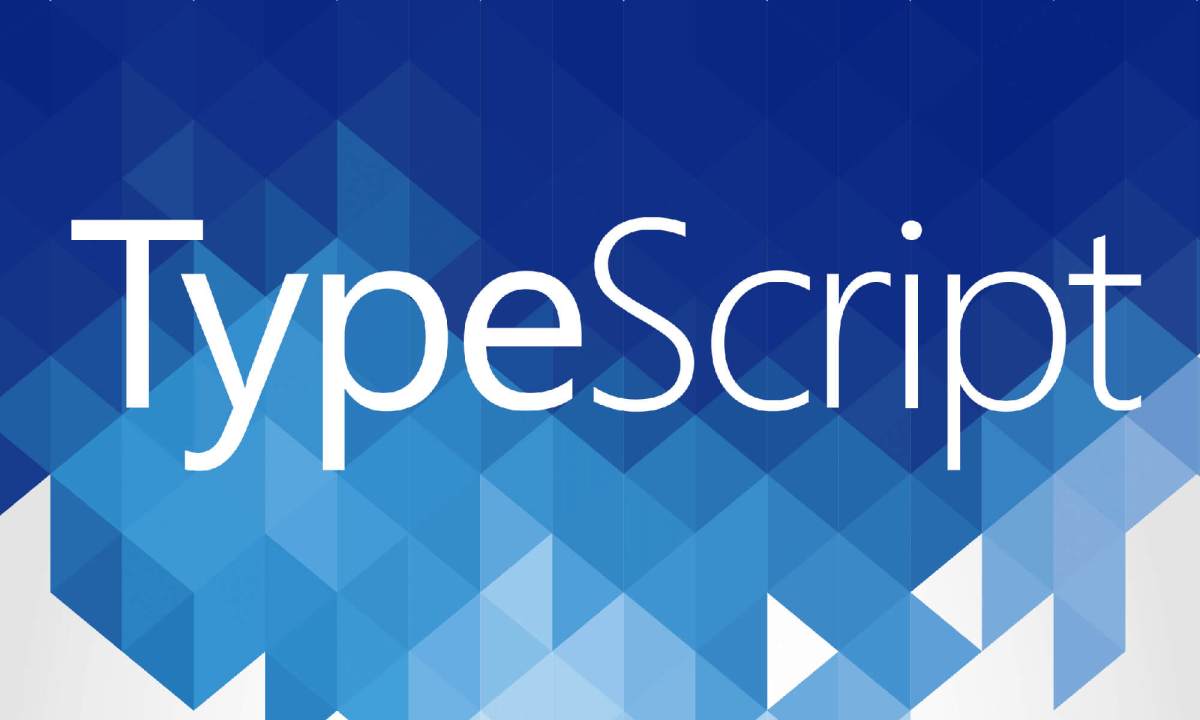

Appendix: How do you handle nested types?Īs a follow-up question, Saravanan asked how to handle nested objects. , you can use the mapState() helper to map state properties as. Instructor Lets continue with map types, something that you may require to do often is to take an existing type and make its properties optional by mapping. Do you have another way to achieve the same result? I'd love to hear it. If you prefer, you can define the state with an interface and type the. I am calling this a proposed solution because TypeScript always surprises me with its power. Typescript is a new data structure that can be implemented in ES6 in which a map can be authorized to reserve entries in a key-value format which is like what a map can do in other programming languages, a map is a group in which it has a size, an order, and we can repeat above its key and values. You can find a working example of this snippet on the TypeScript Playground. map() method creates a new array with the results of calling a provided function on every element in this array. Using them together allows you to be more specific while leaving the rest of the object alone. In this video Ill explain how to create and use Mapped Types in TypeScript.00:28 A simple example02:59 Create a new type based on an existing object type li. In simple words, they let you take an object type (an interface) and return a new type with each property.
You can also use RecordThere are two ways you can achieve what you want: You can use a type union, like the one in your question. Using generic, mapped, and conditional types are definitely more complicated but I hope you can see how the types flow now through that generic substitution and why these features make TypeScript incredibly powerful. Mapped types are another way to transform types. Typescript syntax for mapped types doesn't allow multiple mappings. I will let you determine how verbose you'd prefer to be! I like things to be really clear about their intended usage 😁 Let the types flow PropType extends ObjectId ? string : SourceType
#TYPESCRIPT MAPPED TYPES UPDATE#
If anyone knows the correct term for Mapped Union, please do let me know so I can update the blog post.Let's say you have the following DbUser type: interface DbUser from 'mongodb' We mentioned these briefly in the Basic Types section. Typed to the type of each individual items declare function table (items : any, fieldOptions : any ) : void const items = ) Īnd that is our solution. TypeScript has two special types, null and undefined, that have the values null and undefined respectively. We have a function that accepts some collection of items and a collection of fieldOptions that should be strongly The Problem declare function table (items : any, fieldOptions : any ) : void I’ll walk you through the problem, the seems to be solution, the solution, and the thought process behind them. We soon find that it’s not as simple as we thought. That we both thought “It seems simple” at first.


Mapped types are derived types that we can define based on.
#TYPESCRIPT MAPPED TYPES CODE#
it only compute the property types when it needs to. The Readonly3: cast with as const data responses.map(response > response.data as MyData) This is unsafe. In less contrived examples we might be chaining several operations (map/filter etc), and all of these will still use the un-aliased type signature. so when an type is created, the compiler only knows about its properties, and not their types. While this makes the type of data more useful, it still keeps the original complex type for. this is the only way really to reason about structural types and recursive types without chocking. But this doesnt include omitting the deepest child. i found half of my solution here: Typescript string dot notation of nested object. Learn to become a modern TypeScript developer by. that said, the way the compiler defers getting the types of properties. 1 i try to get correct typescript types as dot notation but without the deepest child. Recently, a coworker at Nx approaches me with a TypeScript problem Community driven, articles, resources, guides, interview questions, quizzes for typescript development.


 0 kommentar(er)
0 kommentar(er)
